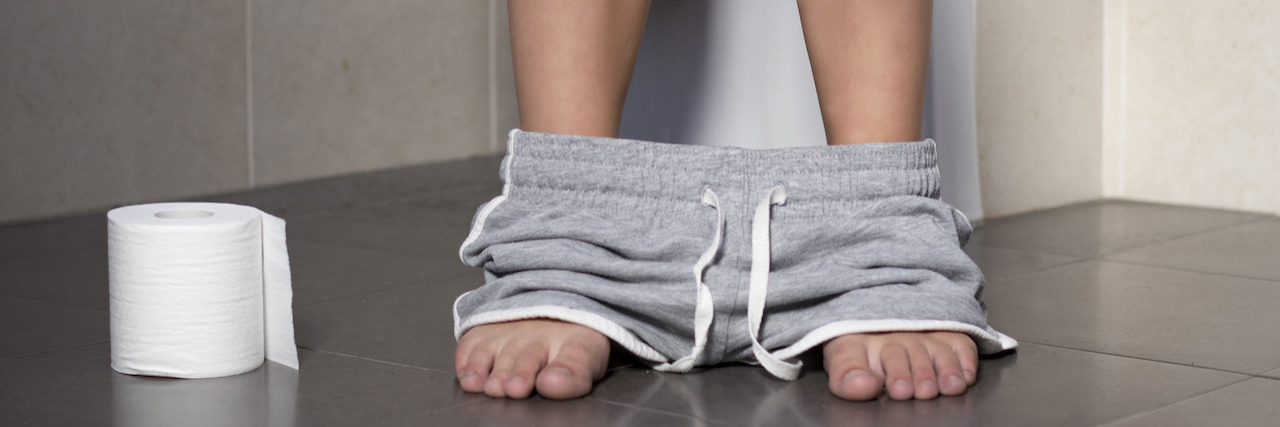How to Avoid the Inconvenience of Constipation After Surgery
Surgery is a stressful and hard process as it is. Anyone in this situation can experience struggles in the recovery process that are equally as difficult as the surgery itself.
But with the help of medical professionals, family and friends, patients can run through the challenges and recover after surgery easily. However, there is one thing that patients can find humiliating to ask help with, and that’s constipation.
For this reason, medical equipment and supplies in the rehabilitation center or nursing home where the patient is located can help avoid the inconvenience of constipation.
What to Expect in Constipation Post-Surgery
A surgical procedure stresses the body, causing unexpected side effects that may include constipation. Although it doesn’t affect everyone, it’s a common side effect of lack of mobility, anesthesia and pain medications.
Dietary changes can also lead to constipation after the surgery because patients might have to avoid certain foods before or after the procedure. Little food or fluid can result to constipation. Following, bowel movement can be straining. What’s worse is that constipation can also affect the body’s healing process because it is more prone to any damage than before.
Inactivity can also lead to constipation because patients should rest for long periods of time and skip strenuous workouts, slowing down digestion. The constipation can cause pain and discomfort. CBD can sometimes work as a powerful antioxidant and help to relieve pain and relax the digestive system.
What Medical Equipment Can Help Avoid the Inconvenience of Constipation?
Grab bars: They are special safety devices engineered and made to help patients keep balance and lessen straining while standing. These devices can hold some of the patient’s weight while trying to maneuver or helping prevent slip and fall.
Grab bars are also used by a caregiver in assisting a patient that needs to transfer from one place to another.
The medical device, which is normally installed in a shower or next to a toilet, can offer a safe zone for a patient in the shower, toilet or bathroom that is almost often wet and tiled. It can also increase accessibility for patients with mobility difficulties or disabilities.
Raised Toilet Seats: At the very least, raised toilet seats can reduce the distance that patients have to lower to the toilet seat, allowing for easy getting on and off that is essential for patients recovering from surgery and suffering from constipation.
With the aid raised toilet seats, patients don’t have to bend or stretch much when trying to get on and off the toilet seat. These medical devices put less stress on the joints and knees as well.
The Locking Elevated Toilet Seat: This is a unique toilet seat designed with elevation and arms, getting rid of the need for safety rails in the rehabilitation centers or nursing homes. It has a firm clamping mechanism that locks it onto the toilet and that prevents it from shifting onto the seat while transferring or sitting.
Tall-Ette Steel Elevated Toilet Seat: Offering safety to patients when using the toilet, the Tall-Ette toilet seat features soft foam for comfort. It’s also beneficial for patients who need added assistance, especially those who have a poor balance and lower extremity weakness. It also features adjustable legs and an additional bowl height, eliminating the need for a toilet seat frame.
Elongated Elevated Toilet Seat: The raised toilet seat is compatible with a standard toilet seat and lid, eliminating lowering too much to sit or putting in much effort to get off. Its molded arms can also offer assistance and support users up to 300 lbs.
Universal Raised Toilet Seat: This medical equipment used in nursing homes or rehabilitation centers features adjustable brackets, which makes it compatible with a regular toilet. It also offers ease of cleaning because of its plastic splashguard.
Padded Toilet Seat Riser: This toilet seat riser, which fits most standard toilets, increases the toilet height, offering more balance and stability. It also has foam padding, helping minimize pressure points for an increased comfort.
The foam padding is also vinyl-upholstered, offering cleaning and maintenance ease. For easy attaching to an existing seat, the toilet seat riser is designed with loop straps and hook.
McKesson Raised Toilet Seat with Arms 5: People who experience constipation can benefit from using the toilet seat with arms, offering them support sitting down or getting up from the toilet. When it comes to strength, this raised toilet seat is also a good choice because it is made of a molded-plastic construction that makes it long lasting.
Tilt Toilet Seat Lift Single Motor: Seniors in nursing homes can prevent falls while using the toilet seat. They can get added assistance for more safety and comfort because it combines the functionality of lift chair and commode into a 2-in-1 toilet solution. And within the push of a button, the caregiver or patient can easily operate it.
Final Thoughts
Definitely, recovering after surgery is an uneasy process and stage in a patient’s life. But with love and support from family and friends and the aid of medical equipment as described above, patients can avoid the inconvenience of constipation.
Getty image via SircPhoto

